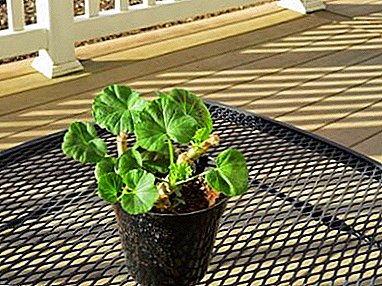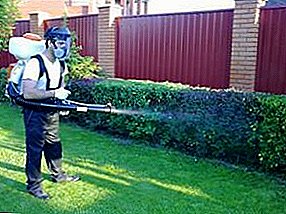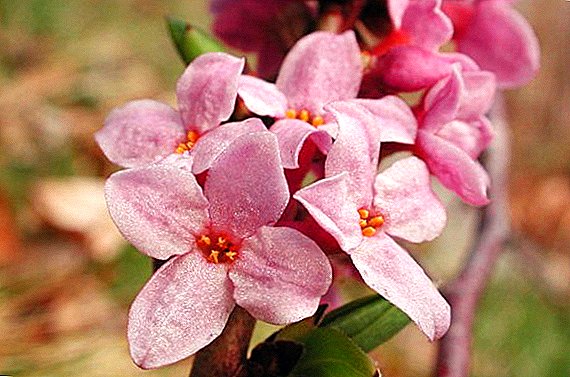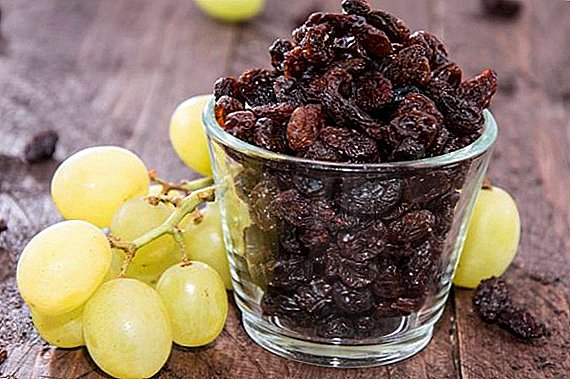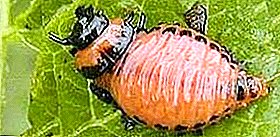
Colorado beetle - the main enemy of vegetable crops.
It poses a serious threat to such crops as: potatoes, peppers, tomatoes, eggplant.
It's hard enough to fight his larvae.as with adults, but possible.
Colorado potato beetle eggs
 During the breeding season, the female Colorado potato beetle lays eggs under the leaf of a plant, the larvae hatch from eggs for 5-17 days.
During the breeding season, the female Colorado potato beetle lays eggs under the leaf of a plant, the larvae hatch from eggs for 5-17 days.
Mating occurs more intensively in good sunny weather. in the afternoon hours. Unfavorable conditions lay eggs. During the season, the female can lay from 500 to 1000 eggs. In one laying is from 25 to 80 pieces.
Eggs of elongated oval shape have a length of about 2 mm and a width of up to 1 mm. The color of eggs is very different - from light yellow to bright orange.
Normal development of the larva occurs at a temperature of 20-33 degrees. After a development that lasts 2-3 weeks, they crawl into the ground for pupation.
What does it look like?
The larva of the Colorado potato beetle is an insect with a curved back and oblate bottom. They have a fairly large size of up to 16 mm.
As the larva grows and develops, its shell color changes from orange-red to orange with a yellowish sheen. A characteristic difference between the larvae of the Colorado potato beetle is the presence of two rows of black dots on the sides.
In young age the larvae feed only on the lower leaf plants. In the final stages of maturation, the larvae destroy completely young shoots, leaf pulp, small veins and even neighboring plants.
A photo


Development
The first stage of the development of the larva is to eat the leaf pulp to increase its size. She herself is located near the laying mainly in the upper tiers of foliage.
In the second age stage the larvae concentrate on the growing processes of the stems.
At the third or fourth stage, the larvae begin to eat absolutely any part of the plant. The larva constantly changes the shell as it grows.
Pupation
Pupation occurs in the second week of growing up. the larvae in the soil at a depth of 10-15 cm. The pupa causes the least damage to the plant, since the insect hides in the ground and does not devour the leaves for about 20 days.
How to fight?
 So how to get rid of the larvae of the Colorado potato beetle? In the fight against the larvae of the Colorado potato beetle is better to give preference to folk methods. Poisons and chemicals invented a huge amount, but do not forget that in the future the fruits of the plant will fall on the dining table along with the poison that fell into them.
So how to get rid of the larvae of the Colorado potato beetle? In the fight against the larvae of the Colorado potato beetle is better to give preference to folk methods. Poisons and chemicals invented a huge amount, but do not forget that in the future the fruits of the plant will fall on the dining table along with the poison that fell into them.
The most effective and oldest way to deal with the larvae of the Colorado potato beetle is their mechanical collection and destruction. All larvae should be collected in a jar with a strong solution of salt.
You should never crush them between rows of plants., the larva can survive and start to re-eat the crop. With regular inspection of the plantation, you can save your work (if the field is not too large). On large plantations, this method is completely ineffective.
Another long-standing method of dealing with the larvae of the Colorado potato beetle is pollination with ashes. During pollination, it is better to give preference to birch ash., it copes better with the larvae.
The procedure should be carried out in the morning when there are still dew drops on the leaves. On 1 weave of land takes about 10 kg of ashEven at this ratio, after a couple of days, the larvae of the Colorado potato beetle will die, just like adult individuals. The ash pollination procedure can be carried out 1 time per 2 weeks. After the plant blooms, powder should be once a month.
 Instead of ash you can also use corn flour, which swells in the stomach of the larva and kills it, as well as gypsum or dry cement. It will be useful to pour fresh sawdust between rows of plants. Colorado beetles are very sensitive to the smell of wood, they will bypass the field and will not lay eggs.
Instead of ash you can also use corn flour, which swells in the stomach of the larva and kills it, as well as gypsum or dry cement. It will be useful to pour fresh sawdust between rows of plants. Colorado beetles are very sensitive to the smell of wood, they will bypass the field and will not lay eggs.
Also, to prevent the emergence of eggs and larvae should be highly spud potatoes. Help in the fight and other pests of the garden - ants. The Colorado potato beetle can not tolerate neighborhoods with these insects.
You can plant plants near the field, the smell of which the beetle simply does not tolerate:
- Marigold;
- Marigold (calendula);
- Nasturtium;
- Night violet;
- Coriander;
- Legume;
- Bow.
Facilities
Bitoxibacillin
 Poison from the Colorado potato beetle and larvae Bitoxibacillin is used at a temperature not lower than 18 degrees. The dosage is 50-100 grams. 10 liters of water. Treating plants should be 3 times per season. with an interval of a week.
Poison from the Colorado potato beetle and larvae Bitoxibacillin is used at a temperature not lower than 18 degrees. The dosage is 50-100 grams. 10 liters of water. Treating plants should be 3 times per season. with an interval of a week.
The drug makes the larvae sluggish, they stop feeding, spores begin to appear in their stomachs, which turn the larva into a sac. From such sacks the beetle, not capable to reproduction appears.
Bicol
How to destroy the larvae of the Colorado potato beetle with the Bicol preparation? Spraying plants with this drug should be up to 3 times per season. The dosage is 20 grams. 10 liters of water. The interval between watering should be done a week.
Colorado
Each generation of poison beetles from the Colorado potato beetle and larvae Colorado is processed 2 times at weekly intervals. The dosage per 10 liters of water is 150 grams.
Fitoderm
 The newest drug when ingested larvae causes paralysisand then death. 10 hours after treatment, the larvae stop feeding, and die for 3-6 days. The drug does not affect the eggs of beetles.
The newest drug when ingested larvae causes paralysisand then death. 10 hours after treatment, the larvae stop feeding, and die for 3-6 days. The drug does not affect the eggs of beetles.
There are on sale and toxic chemicals from the larvae of the Colorado potato beetle: Bankol, Konfidor, Aktara and others. Manufacturers claim they are absolutely safe for the human body and do not have time to get there, breaking up into non-toxic substances.
If there are doubts about the safety of the crop, it is better to use biological agents or the old mechanical method.


